How to Create a Home Office
As the times change, so do we — it’s inevitable if we want to maintain business as usual even in unusual circumstances. People may opt to work from home for several reasons, ranging from temporarily to accommodate an injury or illness to permanently for better work/life balance. Meanwhile, other jobs, such as being a small-business owner or a freelancer, often start as home businesses to save on overhead.
Regardless of your reason for working at home, your home office setup is essential to ensuring your productivity. Contrary to popular belief, working from home doesn’t mean lounging in bed with your laptop — sure, you can work that way, but you likely won’t be as productive. Here are our top tips for creating a home office where you actually want to work.
How a Home Office Impacts Your Work
Your home office can increase your level of productivity, but it also affords several benefits for your mental and physical well-being. One of the main ones is the elimination of the daily commute, which can save hours over the week, allowing you to indulge in more leisure activities and have a better work/life balance. Working from home can also increase job satisfaction for many reasons, like the option to dress comfortably, make your own hours and take productive breaks.
But your work-from-home setup itself is a major part of all these benefits. The layout of your home office, its furniture and elements of personalization are just some of the physical attributes that can improve productivity.
Lighting plays a big role in any space, be it for work or leisure. If your home office has the benefit of a window, facing your desk toward the window can give you a pleasant place to rest your eyes as well as an excellent source of natural light. But a window isn’t the be-all-end-all of lighting. Artificial lights, whether lamps or overhead lights, when used smartly can brighten up your home office. Using lights smartly directly relates to how your home office is laid out. Arranging lights so there’s enough without causing harsh glares on your computer screen is key, but since you’re working from home and using your own power, you may want to research energy-efficient lighting as well.
At home, it can be difficult to keep the office space reserved only for things that you’ll need throughout your workday. Excessive clutter can be a source of distraction, reducing productivity, and it can make it hard to concentrate. Less is more when it comes to knickknacks on your work desk, and even an excess of office supplies can end up doing more harm than good in the long run.
And speaking of distractions, if you have space, it’s a good idea to choose an area in your home where you can isolate yourself from the rest of your home. This is especially crucial if you live with roommates or family, especially with small children. For some people, a little background noise or white noise helps them focus, while for others, anything other than total silence is a debilitating distraction.
Depending on your job or business, you likely have at least a handful of electronics that are necessary for your day-to-day work, so making sure your home office is equipped with enough electrical outlets is another priority. It can be tricky to arrange a room around the electrical outlets, especially if there’s only one per room. Luckily, extension cords and power bars make this much easier, allowing you more freedom with how to arrange your home office.
Knowing how you work best, design your home office to compliment your work habits, whether it’s facing away from a window, setting the radio to the classical music station or making sure you can use your desk as a sitting or standing desk, choose the right layout for your home office.
Choosing the Right Layout
Whether you’re shifting to remote work for the first time, considering a home office renovation or just looking to expand your home-based business, the right office layout is essential. There are three main things to consider when creating or upgrading your home office:
- Location
- View
- Furniture
Location
Where you’ll establish or move your home office depends on what sort of work you’ll do and what environment you need to work productively. A quiet and, ideally, separate space in your home is best, such as a guest or spare room. If you don’t have a spare bedroom, you can get creative. The kitchen, dining table or even a corner of your bedroom are all potential options, depending on the space you have available.
The main thing is to make sure your home office is in a space that is or can be made separate from your living area. If you live in a bigger home — especially one with multiple people — you’ll also want to make sure you’re far enough away from the most high-traffic areas of your home to limit distractions and disturbances. The work you do will also influence where your office should go, such as choosing a space close to an entrance if you plan to see clients in your home office or finding an area that’s more hidden away if your job will have you talking loudly on the phone for long periods.
If you’re planning a home office expansion, you may want to consider the benefits of an accessory dwelling unit (ADU), which can be a great way to get the privacy, space and comfort that a home office needs.
View
Whether it’s a window looking out into your back garden or a poster of a faraway place you dream of traveling to, having something to look at when you turn away from your computer screen can be a great way to rest your eyes and mind to take quick breaks throughout the day. If you don’t have a window — or your window looks out on a brick wall — you can decorate the wall behind your computer with art so you have something that makes you happy and peaceful to look at when you’re not focused on work — or when you need to take a few moments to think.
Similarly, having too many distractions can be counter-productive. Decluttering your space is another way to improve your overall view. Everything will look neater and be easier to find, and you won’t find yourself becoming distracted. If your desk is covered in old coffee cups and soiled napkins, part of your mind will inevitably be fretting about cleaning that all up rather than on your work. A clean, uncluttered space with a main view allows you to focus on work without distraction.
Adding a few plants to your home office is another great way to introduce a calming view while also brightening up the space.
Furniture
If you work in your home office full time, proper furniture will be a priority for both your comfort and your physical health. Human bodies aren’t meant to spend the bulk of the day in a sedentary position. Lack of movement can be detrimental to our physical health and lead to long-term problems, like carpal tunnel or back pain.
Investing in a quality desk chair is a good idea, whether you’re working from home temporarily or permanently. Whatever sort of support you specifically need, a chair should allow you to access your mouse and keyboard with straight arms and loose shoulders. A footrest may be necessary to prevent dangling feet. You may even want to invest in a standing/sitting desk, which will encourage you to avoid sitting for upwards of eight hours a day.
Artificial lighting may need to be considered as furniture, especially if your work hours are during the evening or night and you don’t have a window.
Storage is an important aspect of a home office, especially if your office is the headquarters of your small business. Having spacious and attractive storage can require some creativity, particularly if your home office is little more than a stolen corner of your home. Using furniture like an armoire to store your office supplies and files is a great way to hide your files in the open without sacrificing the aesthetic of the room.
Furniture is also a great way to add in a little bit of your personality to your office, whether with colors or patterns or a unique organization method.
Planning Your Office Around Your Needs
We’ve already mentioned how your home office setup will depend on your work or business needs, so it’s no surprise that your layout and furniture will follow suit.
Your office design can include things like which color you decide to paint the walls and whether you decide to have some small exercise equipment around to use during breaks. Some other things you may want to consider include:
- Storage: This is especially pertinent if you’re dealing with a smaller space and have a lot of stuff to put into it. Consider using the floor space as well as wall space for storage by using floating shelves or multipurpose furniture.
- Equipment: Some jobs require little more than a laptop while others require equipment like webcams, printers or photocopiers. Your home office needs to be able to house all these electronics as well as any accessories that go with them, such as toner, paper or batteries.
- Communication: If your job requires telephone conversations, it may be a good idea to invest in a secondary phone line dedicated for work alone. This is also a great idea for small businesses since it prevents an inexperienced family member from answering a business call and allows your business to maintain professionalism.
- Clients: For small businesses or home-based businesses, seeing clients is sometimes necessary. If your home office will see clients passing through, consider choosing a location for your office that allows a direct route from the entryway, which prevents your clients from having to pass by a dirty kitchen or a fussy toddler.
An ADU is often a serious consideration for people who work from home since it’s a separate room they can use solely for business. It can be a conversion of an existing area in your home, such as a basement or garage, or an addition to your home — it can even be a detached addition to your home, allowing the utmost freedom and privacy, which is ideal for a home office.
How to Get the Most Out of Your Home Office
Once you’ve established your home office, you’ll need to maintain it so you can continually reap its benefits. Concerns like whether your home office renovation is really complete or constantly fretting about how to improve your home office — even if it doesn’t need improvement — can become counter-productive to the office’s purpose.
Some ways to get the most out of your home office include:
- Keep it clean: Cleanliness goes a long way for productivity and allows you to better focus on work rather than chores. Keep your home office clean as you would any other part of your home. Clean up spills and dirt regularly and clean out the garbage weekly. Regularly throw away files and papers that are no longer needed to keep your work area free of clutter.
- Keep it separate: It’s very important to differentiate between your workspace and your living space to maintain a healthy work/life balance. This is much easier when your home office is in a separate room or an accessory dwelling unit, but it can be trickier when you’re getting creative with space. However, simple changes, such as having a different computer for work and leisure or having designated clothes for work and downtime, even when working from home, can help you leave work at work.
- Keep it organized: We’ve mentioned several times the downsides of clutter and how it can reduce productivity. Keeping organized also has other benefits, including making it easier to find things, thus saving time otherwise wasted on scrambling through drawers. It also allows you to center your supplies in one space and cut down on unnecessary things, leaving only the essentials within easy reach.
Additionally, depending on the needs of your job or business, you may want to consider an expansion by investing in an ADU. With the freedom of design, you can customize your additional room to be exactly how you want it to be — and as big or small as you need it to be.
Contact Valley Home Builders to Redesign or Build Your Home Office
With in-house designers, architects and project managers, Valley Home Builders boasts high-quality work as well as high-quality customer experience. We’re dedicated to helping clients achieve their dreams when it comes to their homes, which is why we established our simple, three-phase model to help make the process transparent for clients. Our cost estimates are 95% accurate, and we also offer a one-year guarantee on our craftsmanship.
Get in touch for a free consultation by filling out the contact form online or calling us directly at 408-248-8000.
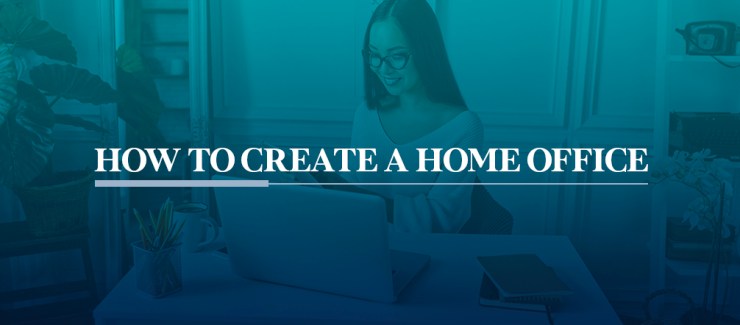
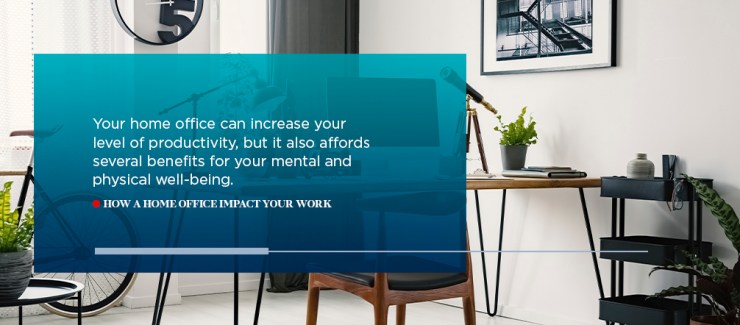
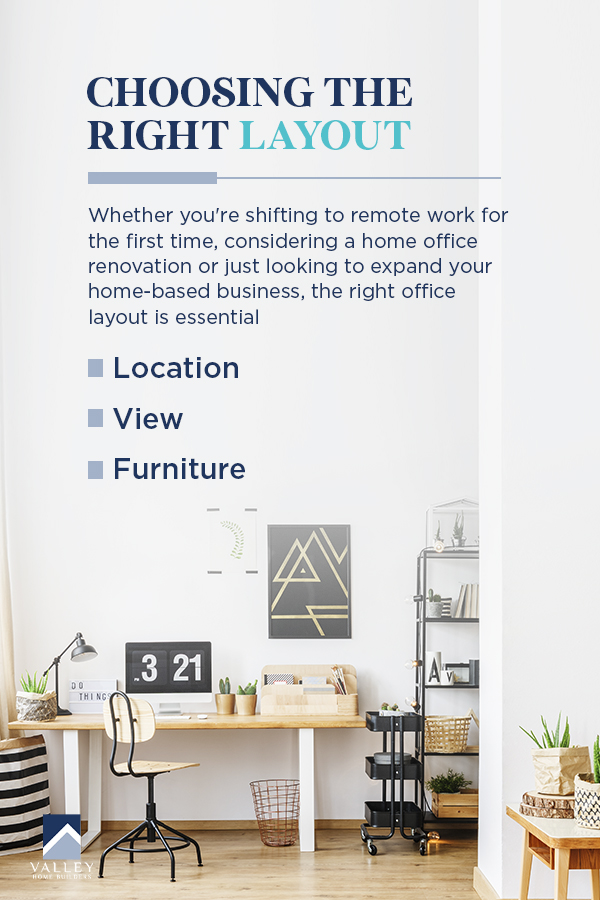
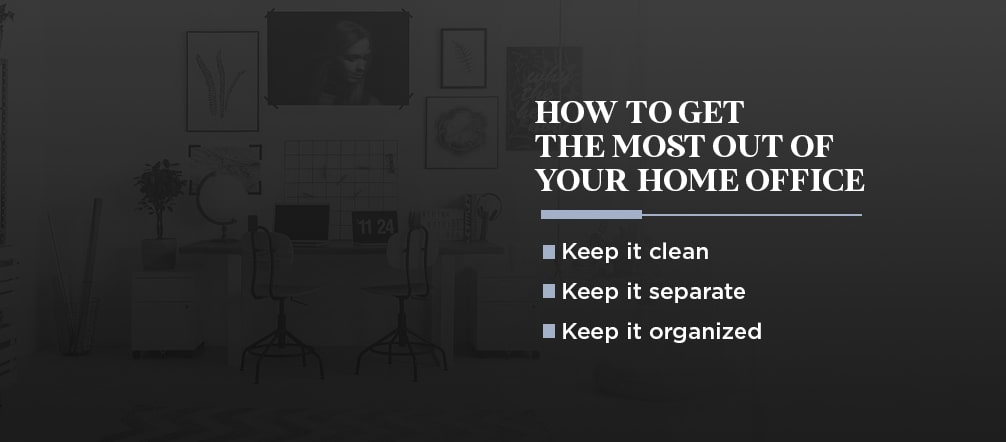
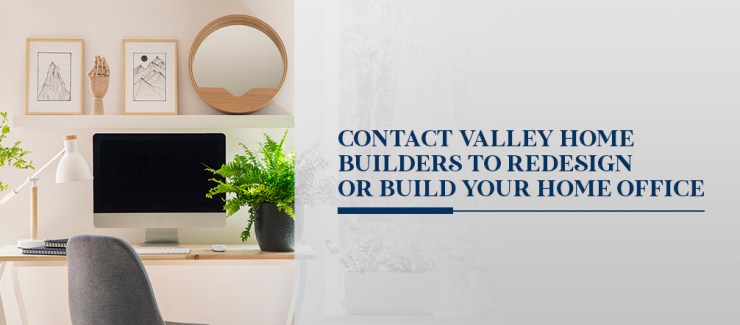
View Our Different Platforms: